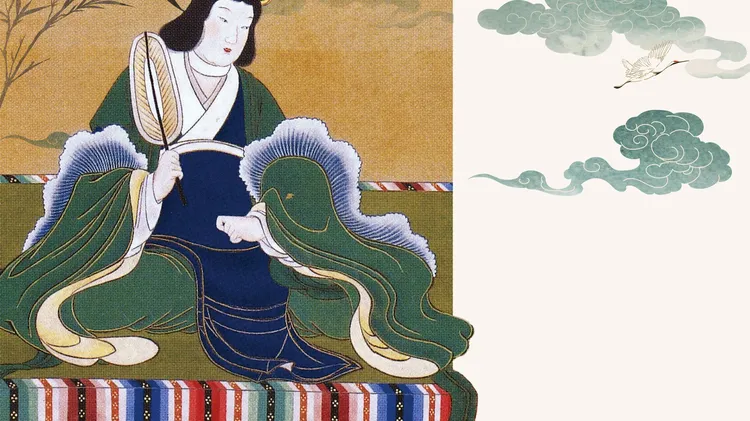Gulbadan Begum was meant to live a quiet life in the con
Gulbadan begum the mughal jane austen
6 min read
This article is from...
Read this article and 8000+ more magazines and newspapers on Readly






